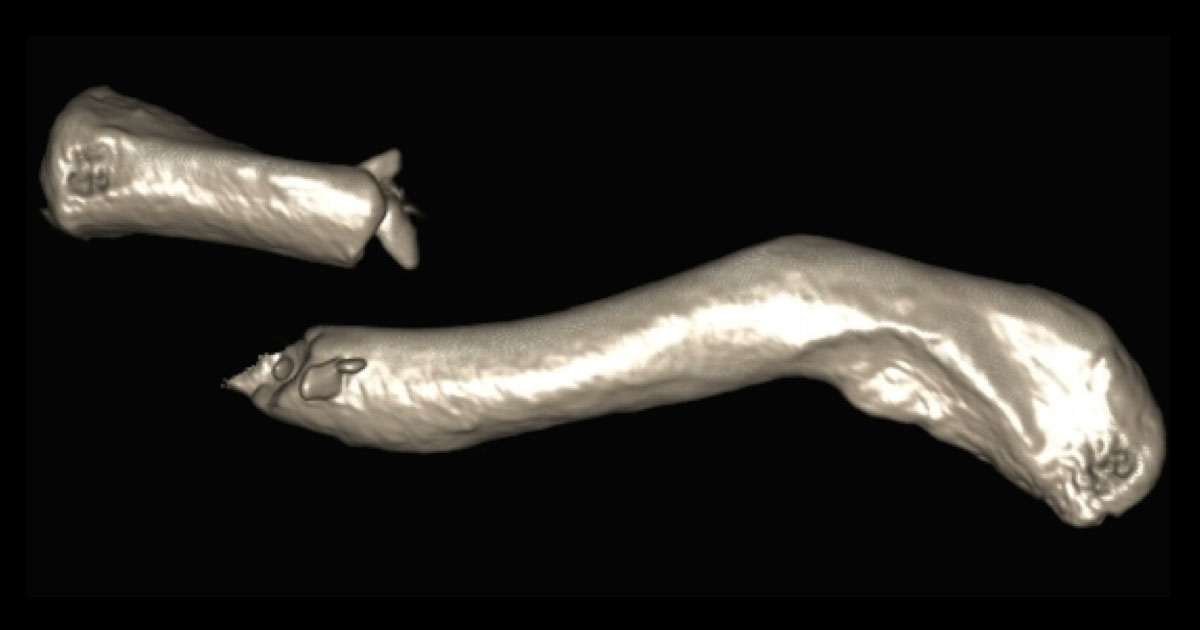
Clavicle Fractures Practice Review
This article is based on the following published journal article:
Sidhu VS, Hermans D, Duckworth DG. The operative outcomes of displaced medial-end clavicle fractures. J Shoulder Elbow Surg. 2015 Nov;24(11):1728-34. doi: 10.1016/j.jse.2015.04.011. Epub 2015 Jul 2. PMID: 26142550.
We recently reviewed outcomes for 27 patients with collar bone fractures (see an example below) who received surgery at our clinic. Our findings provide tips for patients on the prevention and management of collar bone fractures.
Collar bone or clavicle fractures that occur close to the sternum can be difficult to treat, particularly when the fractured ends of bone are not closely aligned. Without surgery, there is a risk of the bones not healing well with ongoing symptoms such as shoulder pain and discomfort.
However orthopaedic surgeons have also been circumspect about operating in an area where there is the risk of damaging major blood vessels and airways.

X-ray showing fracture united with plates and screws 11 months after surgery
Vehicle accidents are the #1 cause of collar bone fractures in adults
Fractures in adults were mostly associated with falls and collisions involving bicycles, motorbikes and cars. All but one case was male. The age range was 31 – 48 years. We can only reiterate the advice from road safety and injury prevention professionals. Reduce your risk by sharing the road responsibly and following road rules. In particular, don’t speed and don’t drive when tired or under the influence of drugs or alcohol.
Surgery can help both new and old fractures
Our study included people with recent collar bone fractures and also those with fractures that had been left to heal without surgery but with unsatisfactory results. We recommend early surgery however we are always happy to consult with people who are left with pain or reduced function from an old injury.
Stabilising a collar bone fracture requires hardware
We use titanium plates and screws along the top of a collarbone to safely fix a displaced fracture. While the X-rays can be impressive, none of our patients had component failures such as loosening screws or complications like subsequent fractures adjacent to the metal plates. While some patients reported some mild irritation around the wound site, only three patients elected to have their hardware removed after the fracture had healed.
100 per cent return to work rate after surgery
Our patients are typically unable to use their arm for 2-4 weeks after surgery, before gradually introducing movement. Normal activity was resumed within six weeks to four months and all were back at work at their 12 month check up. While we hope they don’t have to face another fracture, all our patients said they would have the surgery again if necessary.
For specific advice regarding clavicle fractures, please book an appointment with Dr David Duckworth on (02) 9806 3333